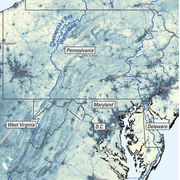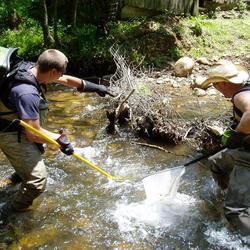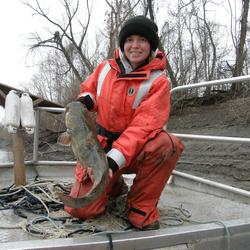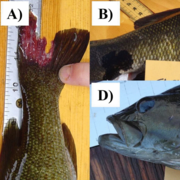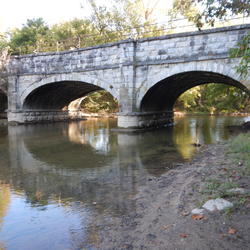Fish Health and Toxic Contaminants
Fish kills, skin lesions, and fish consumption advisories have raised concerns about the health of fish across the watershed. The USGS is working to identify the multiple factors that affect fisheries including toxic contaminants, disease, pathogens, and poor habitat conditions.


